10 Bulbs You Should Plant in Fall for Stunning Spring Blooms
As the cool weather settles in, it is the ideal moment to plant bulbs that will brighten your spring. A little preparation in the fall pays off with stunning flowers when the season changes. The key to success is selecting bulbs suited to your garden’s needs. Whether you have a sunny spot or some shade, there is a bulb for every corner.
This post may contain affiliate links, which helps keep this content free. Please read our disclosure for more info.
Tulips
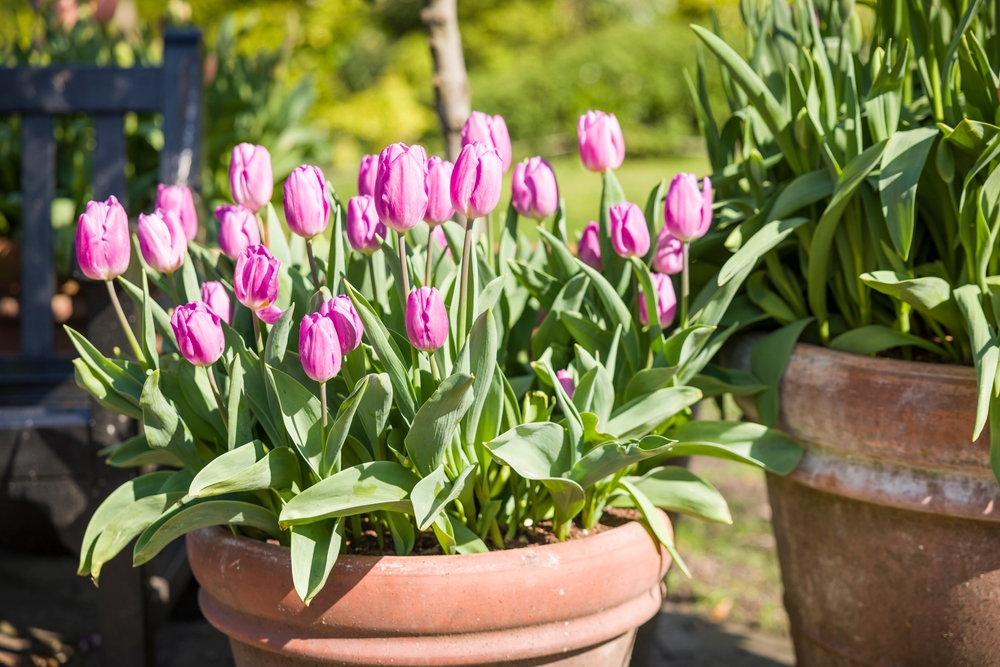
Tulips are a classic spring flower known for their vibrant and wide range of colors. These bulbs thrive when planted in the fall because they need a cold period to stimulate growth and bloom in spring. For the best results, plant tulips in well-drained soil and choose a sunny spot in your garden. Once established, they require little maintenance, making them an excellent choice for both beginners and experienced gardeners.
Tulips bloom in early spring, offering a stunning display of color and shape. They are also versatile in their planting, as they do well in containers or garden beds. Be sure to plant them deep enough to protect the bulbs from freezing temperatures. With proper care, tulips will brighten your garden for many seasons to come.
Daffodils
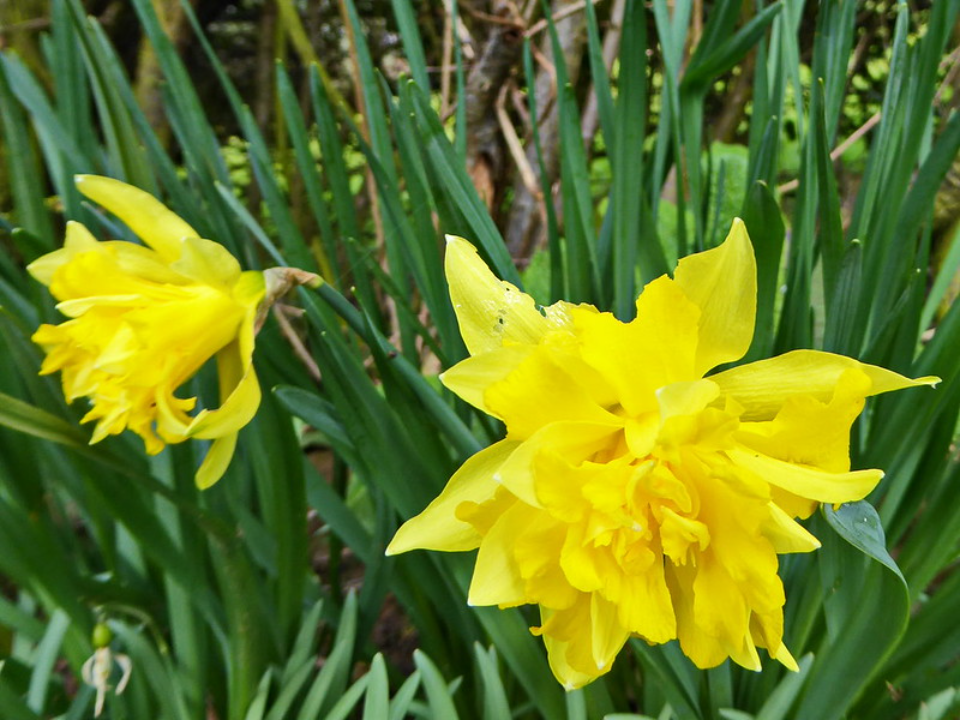
Daffodils are known for their cheerful, bright yellow blooms that mark the arrival of spring. These bulbs should be planted in fall to ensure they go through the cold period required for spring flowering. Daffodils thrive in well-drained soil and can grow in full sun or partial shade. They are relatively easy to care for and resistant to pests, making them a perfect choice for low-maintenance gardens.
Once planted, daffodils will return every year and continue to multiply. Their flowers are a symbol of renewal and growth, and their bright yellow petals are sure to bring joy to any garden. Plant them in groups for the best effect, as their large blooms look even more beautiful when clustered together. Daffodils are one of the first flowers to bloom, heralding the start of warmer weather.
Crocus
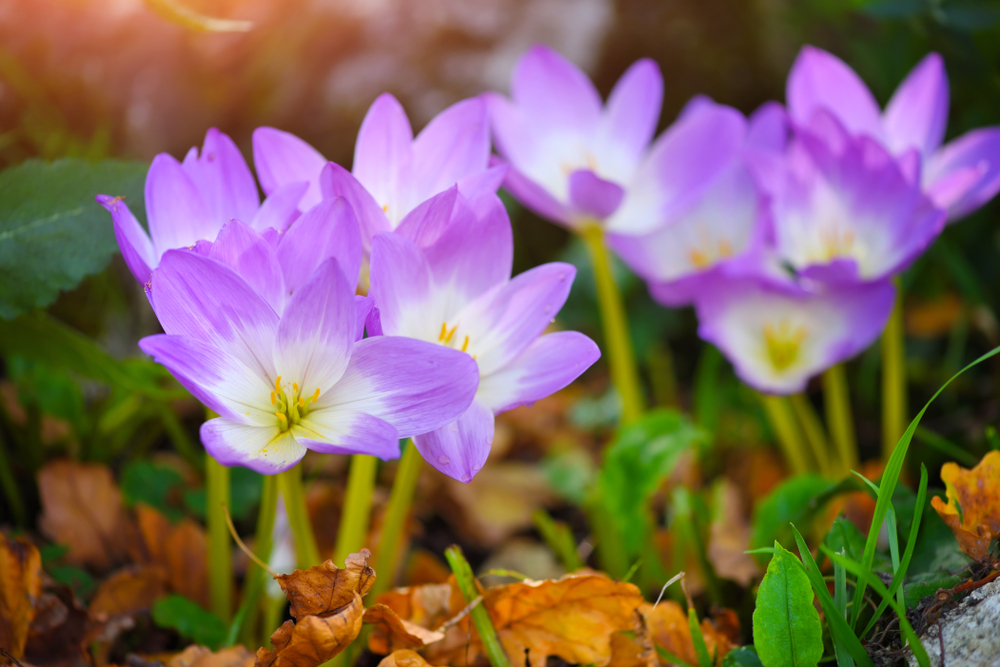
Crocus are one of the first flowers to appear in the spring, often blooming even while snow is still on the ground. These bulbs do best when planted in the fall, as they need the cold temperatures to trigger their growth. Crocus thrive in well-drained soil and sunny locations. They are perfect for planting in lawn areas or garden beds where they can naturalize and come back year after year.
These delicate flowers come in a variety of colors, including purple, yellow, and white. They are a favorite among gardeners who want early-season color. Once planted, crocus require little attention and will spread over time, creating a charming and vibrant display. They also attract pollinators, making them a great addition to a garden focused on supporting local wildlife.
Alliums
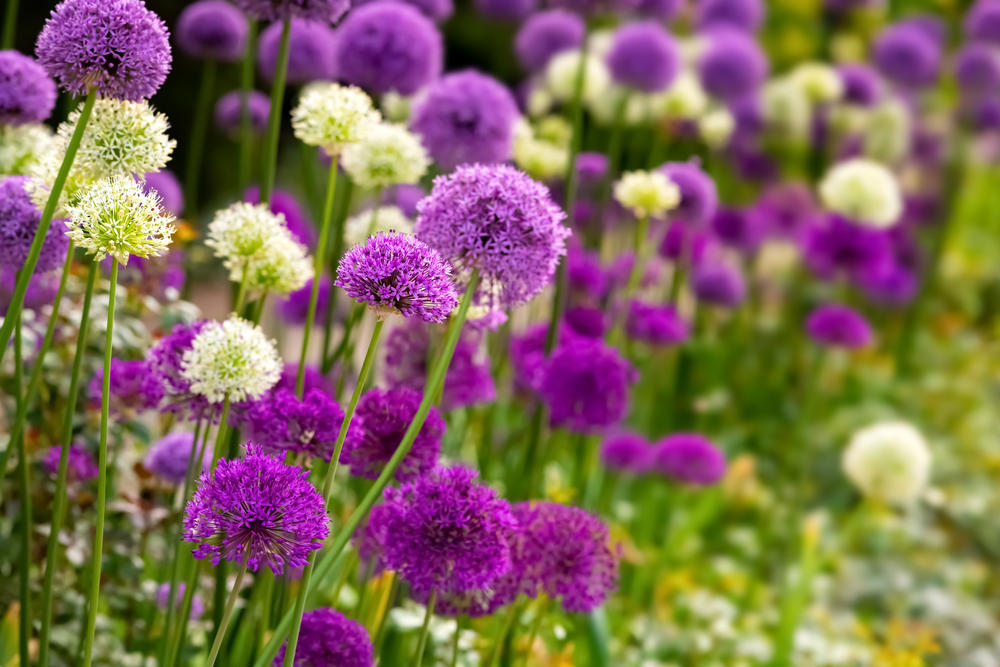
Alliums are unique bulbs that produce large, globe-like clusters of small flowers. These bulbs thrive in fall planting because they need a period of cold to break dormancy. They do well in well-drained soil and full sunlight, making them a great addition to garden beds or as focal points. Alliums add height and structure to gardens, which helps create depth and interest in spring.
The flowers come in a variety of colors, from purple to white, and can grow quite tall, reaching up to four feet in some varieties. They are excellent for attracting pollinators, making them beneficial for overall garden health. Alliums are also low-maintenance once established, requiring minimal care and attention. These bulbs will return year after year, ensuring long-term beauty in your garden.
Irises
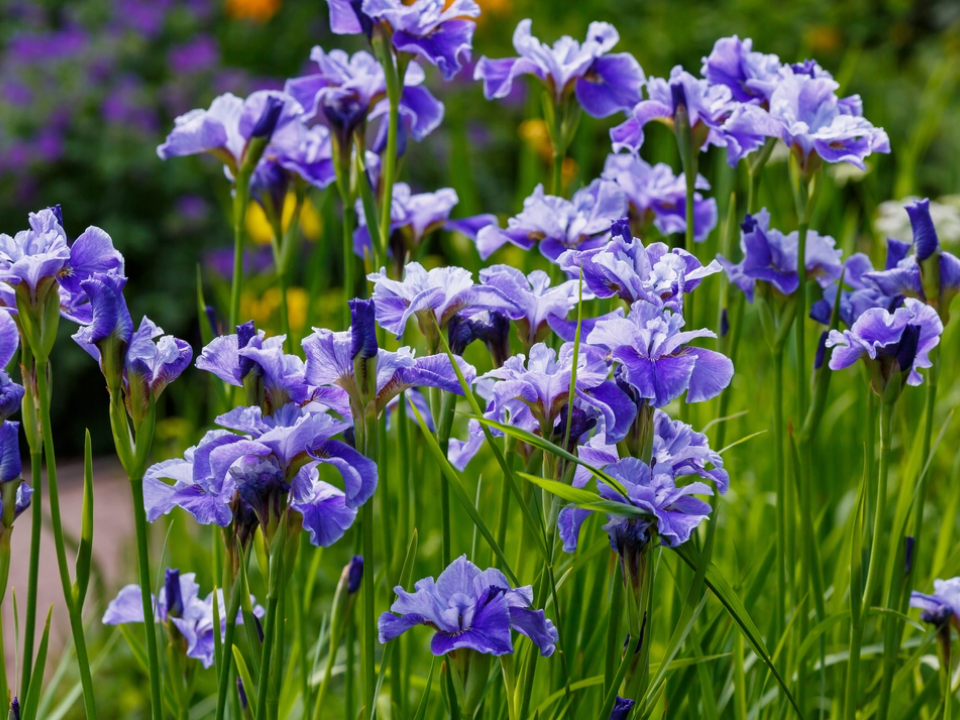
Irises are known for their striking flowers and intricate color patterns. These bulbs should be planted in the fall to give them enough time to establish roots before the cold weather sets in. Irises thrive in sunny spots and well-drained soil, where they can grow to their full potential. These flowers bloom in the spring with tall stems that support large, showy blooms in a wide range of colors.
Irises are easy to care for once planted and will return each year. They are perfect for garden borders or even as cut flowers in arrangements. Irises do well in drier conditions once established and require only occasional watering. Their dramatic blooms make them a standout addition to any garden, and they are especially loved for their vibrant purple varieties.
Snowdrops
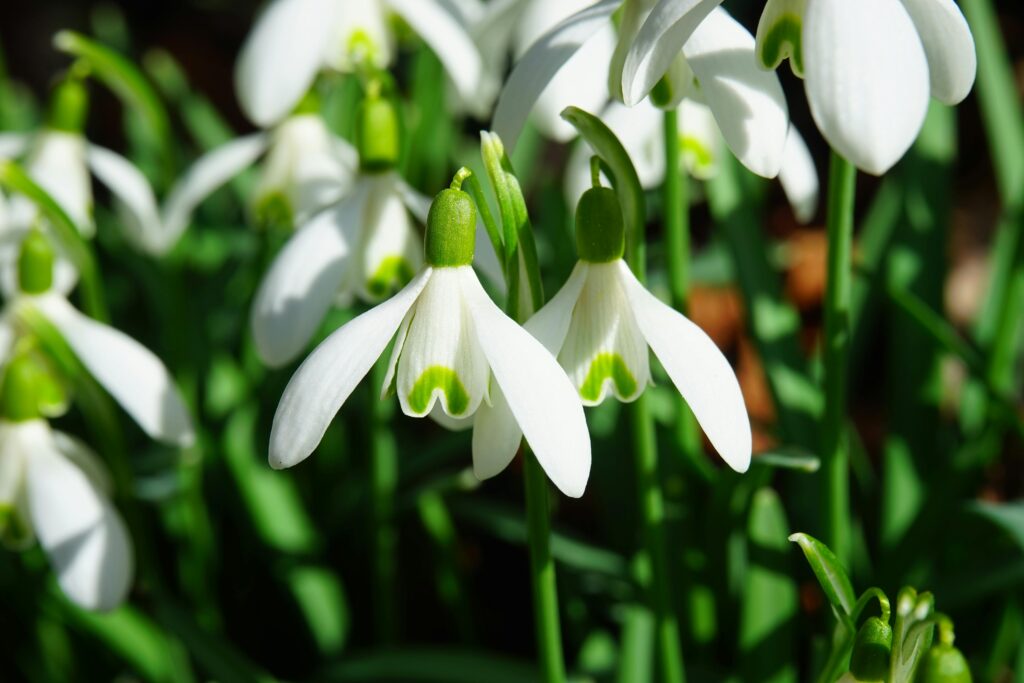
Snowdrops are one of the first flowers to emerge in the spring, often blooming while there is still snow on the ground. These small bulbs should be planted in the fall, as they need the cold to trigger their bloom cycle. Snowdrops prefer well-drained soil and partial to full shade, making them ideal for woodland gardens or shaded areas in your yard. Their delicate, bell-shaped flowers are a welcome sight after the long winter.
Snowdrops are easy to grow and will naturalize over time, meaning they will multiply and return each year. They are particularly effective when planted in groups, where their pure white flowers can create a stunning early spring display. These bulbs require minimal care and are excellent for gardeners looking for low-maintenance spring blooms. Snowdrops also thrive in containers, making them versatile for various garden styles.
Anemones
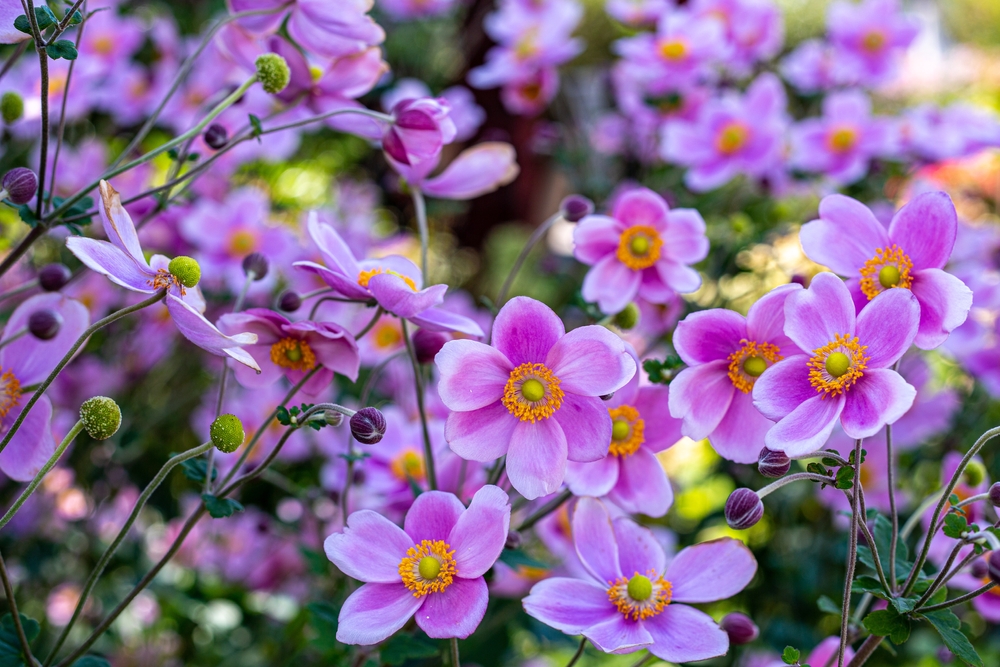
Anemones, also known as windflowers, are stunning bulbs that thrive when planted in the fall. These bulbs prefer well-drained, fertile soil and a sunny spot to grow, though they can tolerate light shade. Anemones need the cold months to break dormancy and set strong roots, ensuring they bloom in early spring. Their colorful flowers come in shades of red, pink, purple, and white, making them perfect for adding vibrant color to your garden.
Once established, anemones are relatively low-maintenance and grow well in both containers and garden beds. They are excellent for attracting pollinators, adding not just beauty but also ecological value to your garden. Anemones bloom early in the spring, offering one of the first color displays of the season. With their resilience and beauty, they are an excellent choice for any garden.
Scillas
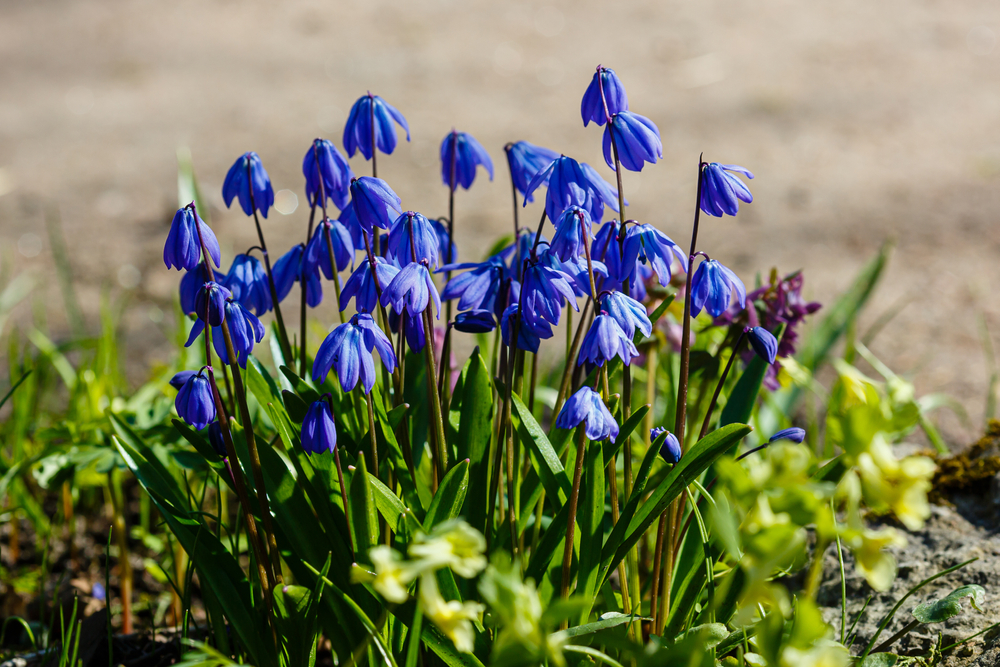
Scillas are early-blooming bulbs that provide a lovely splash of color when the weather starts to warm up. These small bulbs should be planted in the fall to allow them to go through the necessary cold period. Scillas thrive in well-drained soil and do best in full sun or partial shade. Their blue, purple, or white flowers are a welcome sight after the long winter.
Once planted, scillas require little care and will return each spring, creating a beautiful and reliable display. They are perfect for planting in lawns, along walkways, or in the front of flower beds. Scillas naturalize over time, meaning they will spread and multiply, filling your garden with even more color. Their small size and early bloom time make them perfect for adding subtle beauty to your garden.
Spanish Bluebells
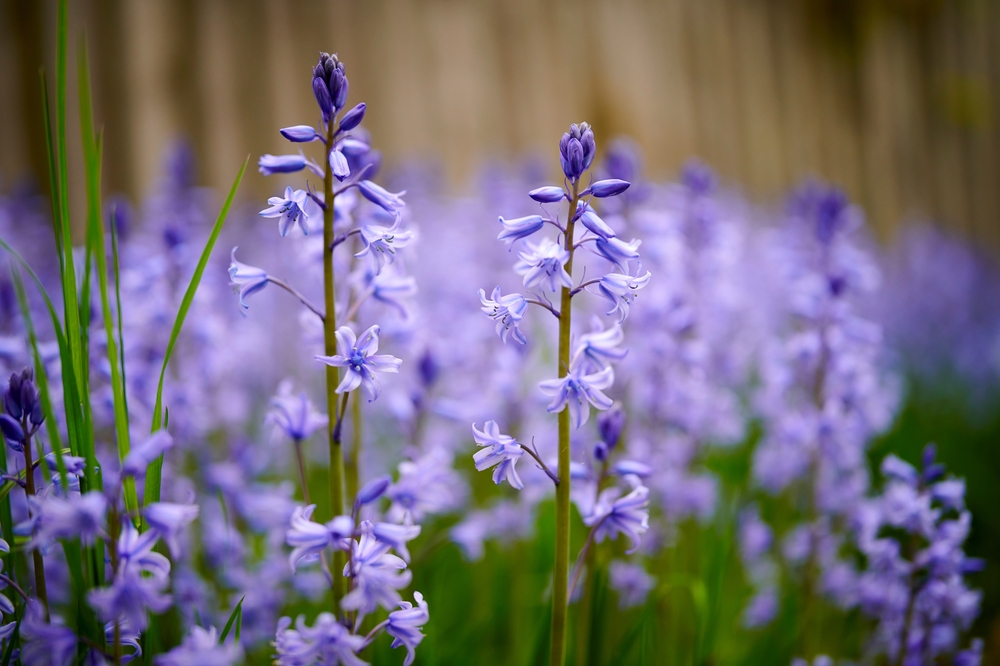
Spanish bluebells are a popular choice for adding color to your garden in the spring. These bulbs should be planted in the fall to give them the cold period they need to bloom. Spanish bluebells thrive in well-drained soil and partial shade, though they can also tolerate full sun. Their clusters of blue, pink, or white flowers add a charming touch to any garden.
Once planted, Spanish bluebells will naturalize, meaning they will multiply over time and come back year after year. They are perfect for planting in woodland gardens, along borders, or in containers. These bulbs are low-maintenance and grow well in a variety of soil types. Their long-lasting blooms make them an excellent choice for gardeners looking for reliable, beautiful flowers.
Freesias
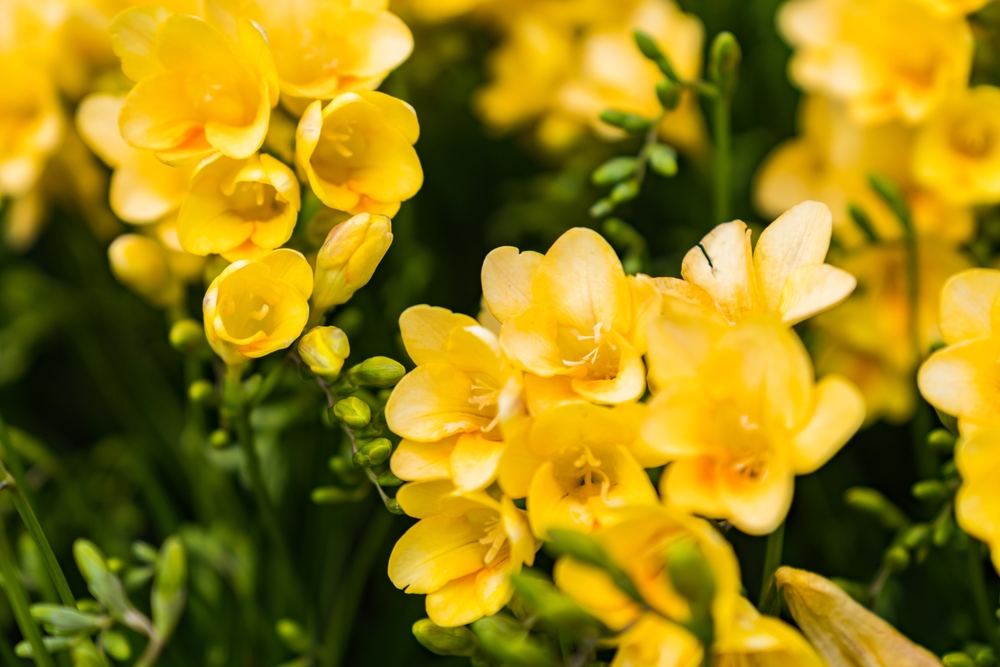
Freesias are known for their fragrant, trumpet-shaped flowers that bloom in the spring. These bulbs should be planted in the fall to allow them time to establish roots before the cold weather sets in. Freesias thrive in well-drained soil and full sun, although they can tolerate partial shade. Their sweet scent and colorful blooms make them a popular choice for both gardens and floral arrangements.
Once planted, freesias require regular watering to keep their roots healthy but should not be overwatered to avoid rot. They make excellent cut flowers and will add a pleasant fragrance to your home when picked. Freesias bloom in a variety of colors, including yellow, pink, and white, making them perfect for adding a pop of color to your garden. With their long-lasting blooms, they are a favorite among gardeners who appreciate both beauty and fragrance.
This article originally appeared on Avocadu.
